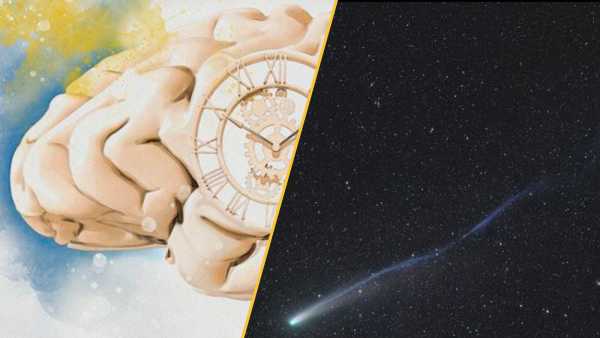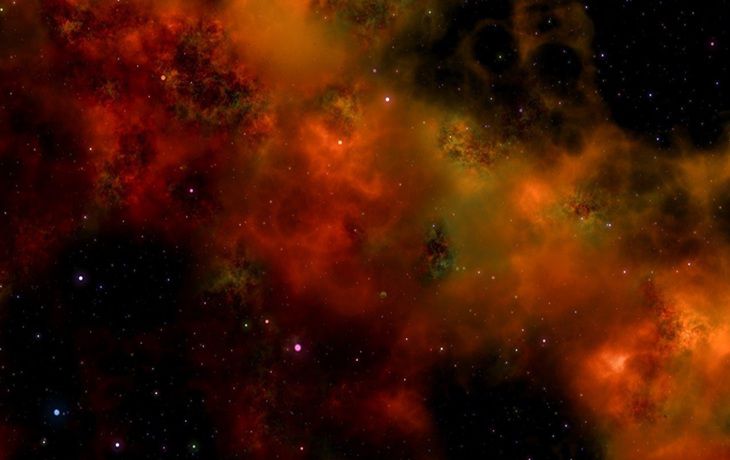
(Image credit: Roscosmos)
A trio of secretive Russian satellites launched earlier this year placed a mysterious object into orbit, drawing the attention of space trackers and analysts.
The satellites, designated Cosmos 2581, 2582 and 2583, were launched on a Soyuz 2.1V rocket from the Plesetsk Cosmodrome in the early morning of February 2 (GMT). Since then, the satellites, whose purpose remains unknown, have been exhibiting curious behavior in a near-polar orbit about 364 miles (585 kilometers) above Earth.
As Jonathan McDowell, an astrophysicist and space flight expert, noted, in March, the satellites appeared to be conducting potential rendezvous operations or maneuvering near other objects in space.
The US Space Force later added a new object to the catalog, which may have been separated from Cosmos 2581 on March 18.
Russia has not disclosed any details about the satellites or their mission. Many missions associated with Cosmos remain classified.
The launched object may be used for a variety of purposes, including military experiments such as satellite inspection or target practice, testing of docking or formation flight technologies, scientific payloads, or the result of unintentional fragmentation, although this usually results in a lot of debris.
Space Force has registered a new object associated with the launch of Cosmos 2581/2582/2583. It may have detached from Cosmos 2583 on March 18. March 19, 2025.
The designation “Cosmos” was used by the Soviet Union and then Russia to refer to a wide range of military and scientific satellites since 1962. The satellites had many obvious uses, some of which were experimental, classified, or part of military programs, including early anti-satellite weapons testing, as well as satellite inspection, reconnaissance, and electronic intelligence.
A satellite trio moving in formation in orbit is not unusual. Both the US (such as the Naval Ocean Surveillance System) and China (Yaogan) have launched multiple sets of satellite triplets, many of which are believed to be for electronic intelligence purposes, along with other series of satellites.
However, it is still unclear how the three Cosmos satellites and their new satellite will behave in orbit.
Originally published on Space.com.

Andrew JonesSocial LinksNavigationCo-Author
Andrew is a freelance space journalist who specializes in covering China’s rapidly expanding space sector. He began writing for Live Science’s sister site Space.com in 2019 and has also written for SpaceNews, IEEE Spectrum, National Geographic, Sky & Telescope, New Scientist, and more. Andrew first became fascinated with space when he saw Voyager images of other worlds in our solar system as a teenager. Outside of space, Andrew enjoys trail running in the forests of Finland.
You must verify your public display name before commenting.
Please log out and log back in. You will then be prompted to enter a display name.
Log out
Sourse: www.livescience.com





